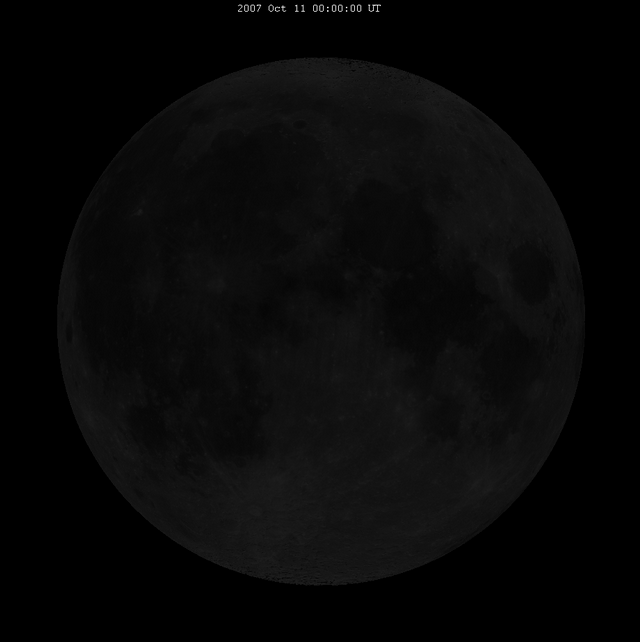Non-Renewable Resources
Hi everyone, today I am going to talk about the renewable and non-renewable energy. But let me first ask,whether you know what natural resources are? Well ,natural resources are materials or substances that are found in nature. There are also two types of resources, renewable and non-renewable. Renewable resources are the resources that we can re-use and will not run out off like wind, water, and the sun.While non-renewable resources means you can not use them again and will run out one day.Examples of non-renewable resources are oil,coal, and minerals.


Fossil fuels are the remains of a once living thing. And they are considered as a non-renewable resources, since there is a limited supply of them. We use more and more non-renewable resources than renewable resources. We use non-renewable resources more because, they are much cheaper and give more power.
Now we are going to talk about the advantages and disadvantages of solar energy, wind energy, and hydroelectric energy. An advantage for solar energy is, it does not pollute. The bad thing is, they cost a lot of money but also some people think they look tacky or weird. Now let's move on to wind energy. An advantage of wind energy is, it does not pollute and the wind is mostly always blowing. Disadvantages are they take a lot of space. Now on to the last one, hydroelectric energy. Hydroelectricity can produce a lot of energy and does not pollute. Though they cost a lot of money to make and to of land is flooded to make a dam.
The last thing I am going to talk about today is ,the conservation and why it is important. Conservation is conserving something or saving something. Why conservation is important?. It can save earth from pollution. Well, if we keep on polluting the earth and cut down trees then Ice caps will melt and flood a lot of land. Well guys this is the end so bye.
Links
Link1
Link2
Link3
Link4
Link5

.jpg)




































